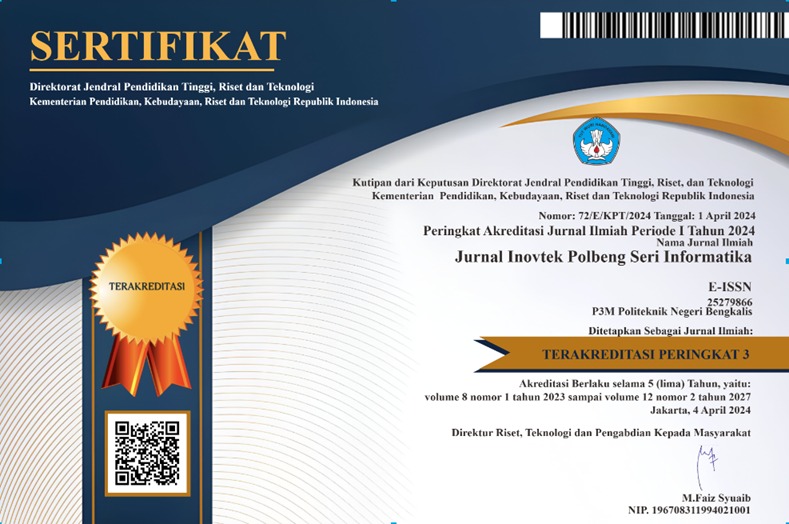Soursop Leaf Disease Detection With CNNs: From Training to Deployment
DOI:
https://doi.org/10.35314/sn8avr92Keywords:
soursop, leaf disease detection, convolutional neural network, image classification, model deploymentAbstract
Soursop (Annona muricata) is a valuable tropical fruit crop that is highly susceptible to leaf diseases caused by fungal, bacterial, and viral infections. These diseases can significantly impact crop yield and quality, posing challenges for farmers, especially when early detection is delayed. This study proposes an automated solution using Convolutional Neural Networks (CNNs) to detect soursop leaf diseases through image classification. A dataset of 400 labelled leaf images, including healthy and diseased leaves (Leaf Rust, Leaf Spot, and Sooty Mold), was collected and preprocessed for the dataset. Three CNN architectures—MobileNetV2, VGG19, and ResNet50—were evaluated based on accuracy, precision, recall, and F1-score. Among them, MobileNetV2 outperformed the others, achieving 73% accuracy, 72% precision, 65% recall, and 66% F1-score and demonstrated strong consistency across classes. The best-performing model was deployed using the Flask web framework, enabling users to upload soursop leaf images and receive instant disease classification along with suggested treatments and preventive measures. This study’s novelty lies in the end-to-end pipeline, from model training to deployment via Flask, providing a ready-to-use solution for farmers.
Downloads
Downloads
Published
Issue
Section
License
Copyright (c) 2025 INOVTEK Polbeng - Seri Informatika

This work is licensed under a Creative Commons Attribution-NonCommercial-ShareAlike 4.0 International License.














